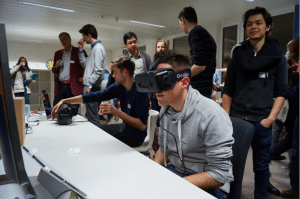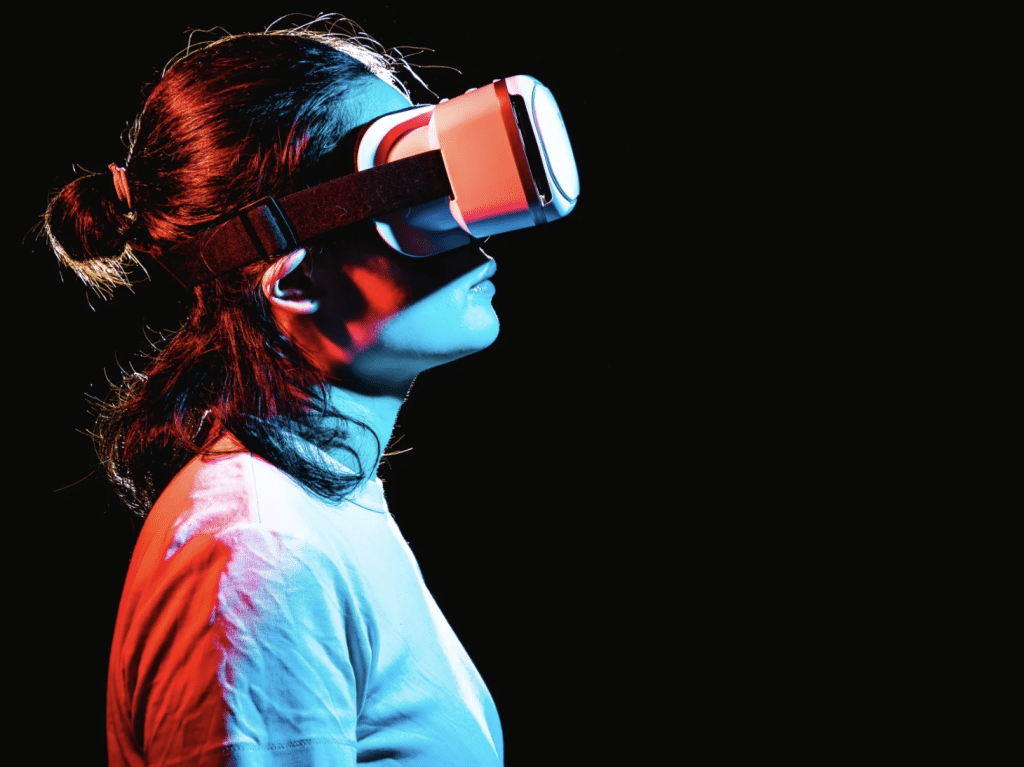The media and entertainment industry has altered significantly in recent years, transitioning from more traditional formats to a more digital landscape. The advancements in technology have presented the industry with many more opportunities, transforming the way users access and enjoy entertainment. For businesses operating in the industry, it is crucial to keep up with these continually evolving trends and avoid losing out to their competitors.
Successful companies operating in the entertainment industry implement a holistic, well-rounded approach to their marketing and engagement with consumers. The impact of the latest technologies has the potential to continue to shape the future of the industry.
What are the Predicted Trends for the Industry?

Thanks to the swift evolution of the smartphone, users have access to their chosen forms of entertainment with merely a few taps, at any time of day or night. Consumers have higher standards than ever before, and companies must embrace the most up-to-date technological features to boost engagement.
1. The Development of Streaming Services
Video streaming services are striving to meet the needs of a demanding audience. The potential for significant revenue has led to a large increase in the number of companies fighting for a share of the market. The most successful services employ data tracking and analysis to understand consumers’ preferences and behaviors, making use of engagement and churn rates to inform strategic decisions.
For a long time, Netflix and Amazon Prime had a stranglehold on this market. More recently, however, more and more streaming services have offered an alternative; some fee paying and some free. This fierce competition is ideal for consumers who have more options when deciding on their chosen platform.
Moving forward, it is predicted that collaborations between video streaming companies will become more commonplace in an attempt to reach a wider audience and cater to individuals’ tastes.
2. The Advancement of Social Media
Video streaming and social media are now more closely interlinked than ever. While YouTube remains as popular as ever, it now has far more competition to contend with. Social media platforms such as Facebook, TikTok and Instagram are changing how consumers can access video content and increasingly focusing on user-generated content.
The purpose of social media in today’s society is now more multi-faceted and regarded as much more than a tool for communication. Equipping consumers with the tools they need to create their own content boosts influencers’ earning potential.
The rise of social media has led to a significant change in how users interact with content, with a tendency to gravitate toward bite-sized chunks of content rather than films. This looks set to continue now that companies and individuals have discovered the impact on earnings and reputation.
For businesses, social media represents an opportunity to engage with a wider audience, showing that they care about the consumer’s experience. Online casinos and other gaming companies with an effective marketing approach look set to continue with this approach and use it to offer followers exclusive rewards and discounts on their accounts, rewarding loyal customers.
3. Gaming’s Growing Presence
As the entertainment industry evolves, gaming is becoming increasingly integrated with other avenues of entertainment. Gaming is no longer a separate entity and is instead impacting social media and video content, with gamers utilizing social media as a tool to create live streams and provide feedback which drives game development. These platforms encourage gamers to connect and share tips and enable gaming companies to improve their provision.
4. The Continued Growth of AR, VR and AI in Gambling
The development of Augmented Reality, Virtual Reality and Artificial Intelligence are shaping how companies increase engagement. This is increasingly evident in gambling, allowing online casinos to drive engagement, attracting and keeping both new and loyal customers.
The use of VR transports the gamer to an entirely virtual world, serving to replicate the thrill and excitement of a visit to a land-based casino, while Augmented Reality overlays virtual images on the physical environment. Players can play on a roulette wheel sitting in their living room or access virtual slot games superimposed onto their environment.
As a result of these advancing technologies, online platforms successfully marry the convenience and accessibility of their casino games with an increasingly immersive gaming experience. Advancements in video streaming have enabled the implementation of live dealer games, elevating table games such as roulette and baccarat to an experience akin to a trip to a land-based casino. This feeds into the progressively social aspect of gaming, with players interacting with each other and dealers with a live chat feature.
In the future, the use of AI could enable online casinos to analyze data, interpret players’ behavior, and tailor their recommendations and rewards to individual preferences. Furthermore, employing AI improves customer service and satisfaction; chatbots can resolve any potential issues quickly and efficiently at any hour of the day or night.
5. The Evolution of the Metaverse
The concept of the Metaverse, once seemingly a pipe dream, is gaining traction and becoming a reality. Put simply, the Metaverse is regarded as a virtual space where users can connect with each other, providing a wealth of opportunities for business, entertainment, and commerce.
This 3D world is the future of virtual collaboration, allowing companies to hold meetings with staff from all over the world. As the Metaverse continues to develop, musicians and singers are hosting virtual content and releasing exclusive content. For gaming, this platform can host virtual communities, bringing together fans of particular games and allowing them to interact while they play regardless of their location.
Final Thoughts
It is clear that to remain competitive, businesses must adapt to and embrace the growing digitization of entertainment and recognize that consumers have more appetite for content on their smartphones than in their living rooms. Moving forward, the most successful companies will leverage the most up-to-date technological advancements to increase engagement, fostering creativity and interlinking different sectors more closely than ever before.

